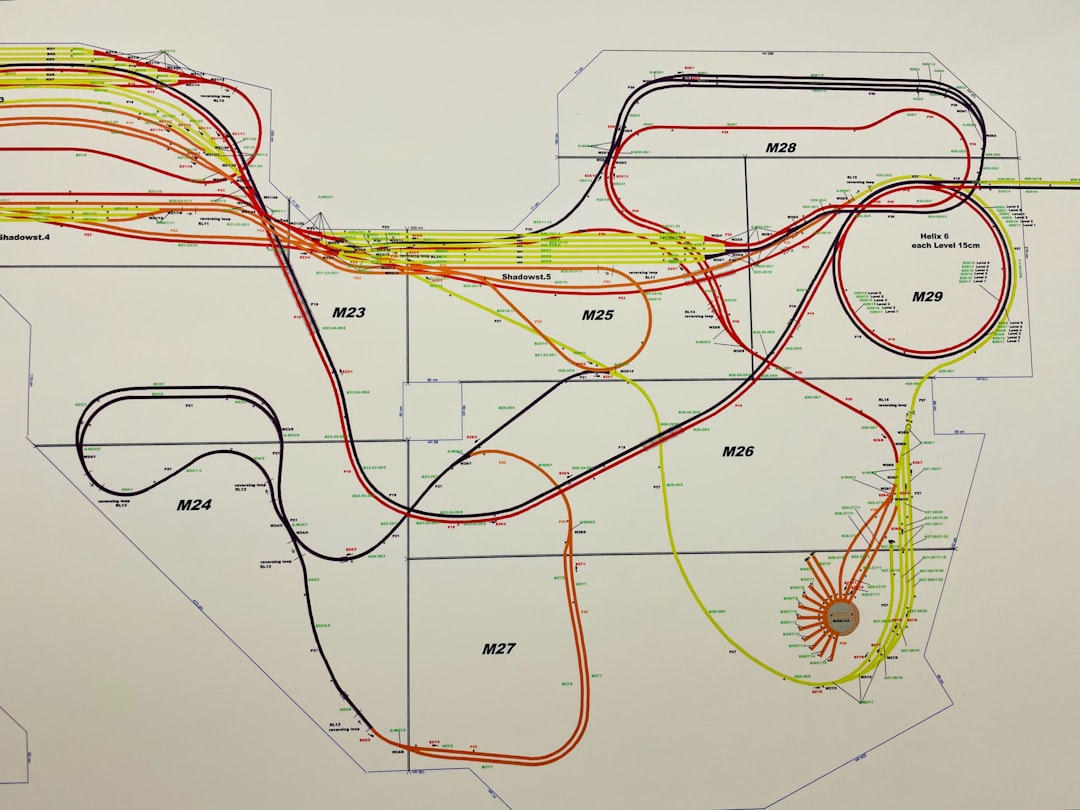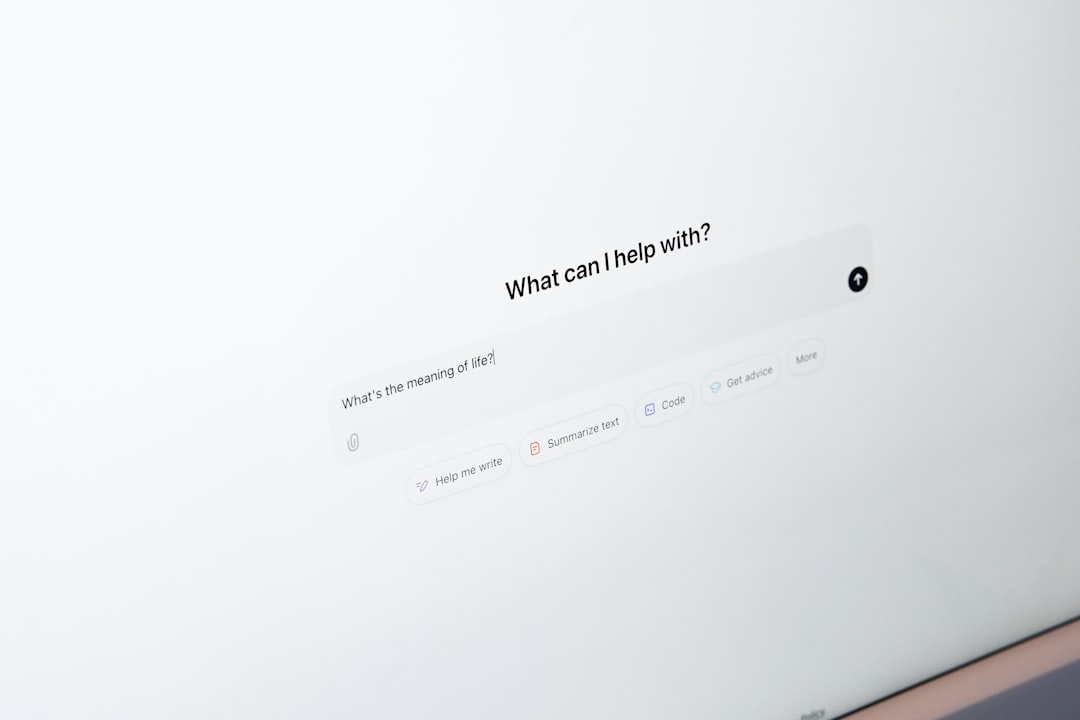Large Language Models (LLMs) are amazing. They can chat like humans, write poetry, code software, and more. But just like any engine, they need to be observed. To make them better, safer, and smarter, we need to understand what’s going on inside. That’s where LLM observability comes in.
Don’t worry. It’s not a scary word. Observability just means watching carefully. It means tracking what the LLM is doing and how users interact with it. This helps us improve both the model and the experience.
Let’s make this fun and simple. We’ll break down observability into three key parts:
- Traces
- Tokens
- User Feedback Loops
By the end of this article, you’ll understand what each of these means and why they matter. Let’s go!
Traces: The LLM’s Storytime
Imagine your LLM is telling a story every time someone talks to it. A trace is like that story’s outline.
Every interaction with an LLM is a journey. The user asks a question. The LLM thinks, comes up with an internal plan, and sends a reply. Traces help track every step of this journey.
Why do traces matter? Because they let developers see:
- What the user asked
- What prompt was sent to the model
- What response came out
- How long it took to reply
- What tools were involved (like APIs or search)
If something goes wrong, traces tell us where it happened. They’re like breadcrumbs in a forest. Follow them, and you find the problem.
Let’s say a travel bot starts suggesting Mars vacations. That’s… a little futuristic. By reviewing the trace, we might find the original prompt was misinterpreted. Fix that prompt, and boom — back to Earth.

Tokens: Counting Words (Sort of)
You’ve heard about tokens, right? No, not the arcade tokens from the ’90s. In LLM land, tokens are building blocks.
A token isn’t always a word. It could be a word, part of a word, or punctuation. For example:
- “Hello” = 1 token
- “unbelievable” = 2 tokens (“un”, “believable”)
- “I’m” = 2 tokens (“I”, “’m”)
Why keep track of tokens?
Because:
- LLMs have token limits. Too many = cutoff responses.
- Each token has a cost. Yes, prices work by token count!
- Tokens affect performance and speed.
By tracking tokens with every call, devs can:
- Optimize costs
- Trim unnecessary text
- Make responses faster
Smart apps monitor all this automatically. If you’re paying per token, you want to use them wisely. Treat them like gold coins in a game.

User Feedback Loops: Build, Watch, Improve
Now for the most important part — people. Yes, real users!
Feedback is gold. Whether it’s thumbs up/down or more detailed info, users help us learn. Good observability includes a feedback loop. This means watching how users respond and using that info to improve the system.
Here’s a simple feedback loop:
- User asks something
- LLM responds
- User gives feedback (like, “This didn’t help”)
- System logs it and flags the trace
- Developer reviews and adjusts prompt, model, or logic
Repeat this over and over and your bot gets smarter every day.
Want to go pro? Use structured scoring systems. For example, use a 1-5 response quality rating. Or even better, ask the user: “Was this helpful? Why or why not?”
But what does that look like in real life?
Let’s say your model gives wrong medical advice. That’s a big deal. If a user flags it as harmful, that feedback can trigger an alert, rollback changes, or force manual review.
Teams can then tag these incidents, retrain models, or add guardrails. All from a loop powered by one user’s click.

How These Three Work Together
Let’s put it all together.
Imagine a user working with a coding assistant. They ask:
“How do I merge two dictionaries in Python?”
The system triggers a trace. It records:
- The full user input
- The prompt formatting
- The LLM version and settings
- The response with exact token count
Now suppose the user says, “This didn’t work.” The system logs that. A dev jumps in, checks the trace, finds that the assistant suggested outdated syntax. Boom — quick fix.
This is the magic of observability: tracing the problem, understanding token usage, and listening to users. It’s like a superhero team for LLMs.
What Tools Do This?
You don’t have to build from scratch. Many tools help track your LLM’s behavior:
- Langfuse – For tracing and feedback tracking
- PromptLayer – For organizing and analyzing prompts
- OpenTelemetry – For metrics beyond LLMs
- Weights & Biases – Great for experiments and training feedback
Most of these tools let you see full traces, track token stats, and collect feedback in one place.
Wrapping Up
Observability might sound boring, but it’s the secret sauce. Without it, LLMs are black boxes. With it, they become powerful, reliable assistants.
Always remember:
- Traces tell the story. They help find bugs and explain behavior.
- Tokens keep things lean and affordable.
- User feedback closes the loop and powers improvement.
So next time your chatbot goes wild or your coding helper is off, check the traces. Look at the tokens. And listen to the users. Together, these clues help you build better AI experiences.
Happy observing!


